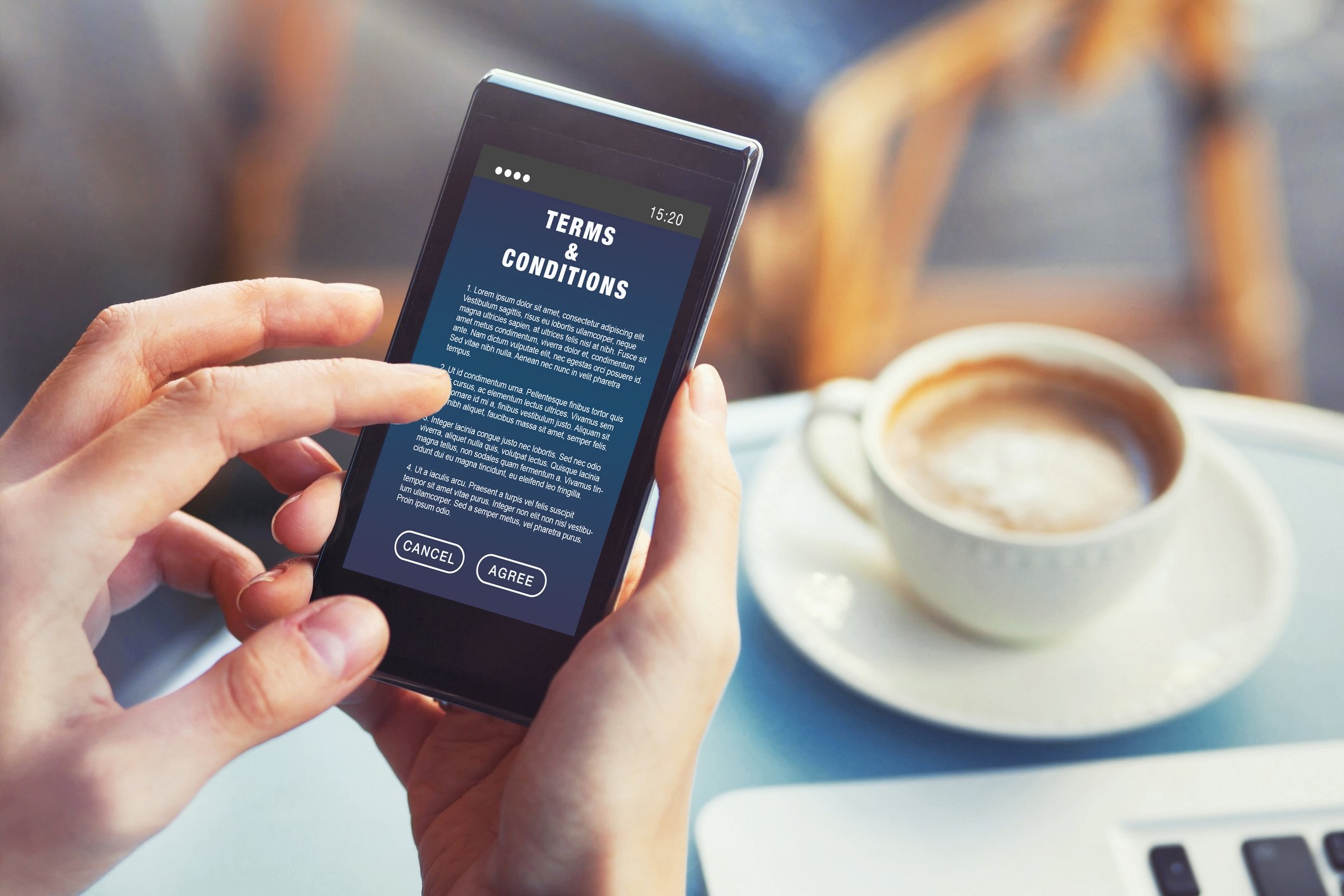They, Themselves and Your Loyalty Program - Selfies in Loyalty Programs?
They, Themselves and Your Loyalty Program
Ko de Ruyter and Debbie Keeling
The future of loyalty programs is mobile. This mantra has been reiterated across many loyalty marketing industry trend reports. It is a mantra that clearly has face value. In fact, it is a no-brainer, as much of our life now revolves around our little handhelds. Most loyalty programs are migrating to mobile platforms, allowing their members instant access any place, any time. Being able to check your points balance, the latest reward additions or quickly swiping through a learning module in a client’s parking lot definitely ups the convenience factor. But, it does not guarantee an engaging mobile program experience. That is why a number of forward-looking brands have started to engage their members by inviting them to share their ‘must-share-moments’ with the brand and explore the face value of the mobile camera.
Selfie-based customer loyalty programs
Selfie-based customer loyalty success stories include Zappos, which launched a personal shopping service based on selfies, and the London-based Karl Lagerfeld flagship store, which introduced dressing rooms that double as photo booths. Customer experience giant Starbucks has incorporated Snapchat's Sponsored Lens to promote its app-based loyalty program. Jazzed-up, snapped selfies turns big-eyed program members into a pair of exploding supernovas, which reflects the imagery of Starbucks’s loyalty program (where two stars are awarded for every dollar spent). And the program’s real value is self-perpetuating as program members share their redeemed coffee moment across social platforms producing great branded content and a pretty serious program ROI.
“Starbuck’s members share their redeemed coffee moment across social platforms producing great branded content and a pretty serious program ROI.”
The Power of the Selfie
So, why not invite your channel partners to capture their incentive-redeeming moment or illustrate their-steps-to-a-sale after completing an online learning module? And, if your channel partners can capture their client connection moment with a selfie, who needs to exchange the old business card that gets lost in your suit? A shared selfie makes a follow-up chat easier. Tap into the focus on individuality of your Millennial business partners (and their clients). Ditch the old plaque on the wall. At your next re-seller event in Vegas, engagement will hit the roof when selfies can be taken with Elvis. And why not turn this into a contest within your incentive program’s gamification strategy? After all, it is all about social recognition and by engaging members in the creative process your program engagement will gain a lot more traction.
How do you play the selfie game?
Our research tells us this is done by following three simple rules. Across a series of experiments, we showed a large collection of branded selfies to hundreds of people and asked them to rate the pics on photographic perspective, content and artistic quality. Then we asked them to indicate how likely they were to engage with them, for instance, by commenting and sharing on social channels. These are the rules of engagement that emerged:
Rule #1: Frame yourself.
Engaging selfies are those that clearly show that you personally have taken the picture, not somebody else. Further analysis and number-crunching shows that there is a fundamental explanation for this rather obvious finding. It turns out that viewers can better identify with a main character, whose image is an odd angle or a bit fuzzy through holding the camera at arm’s length. When someone else takes the photo (also referred to as an ’elsie’) the identification with the person in the picture is weaker and people associate this more with the conveyance of a ‘too perfect’ reported experience (and perhaps ‘fake news’). So, supply your program members with a stick, if you must, and have them stick out as the hero of their own story.
Rule #2: Get moving.
Selfies that depict people actually doing something (e.g., using or consuming a product) are significantly more likely to engage viewers (as opposed to static pics). These pictures convey an active energy that people can relate to and find motivating. It also helps people to imagine themselves doing the same thing or being in the same situation more easily. So, have your business partners portray themselves using that new server rack tower, rather than just showing it.
Rule #3: Don’t keep it real.
Unedited selfies attract less attention on social media than those that have been improved via the use of a filter or other (funny, SnapChat-like alterations). People viewing these pics feel that they have more of a story to tell that they find engaging and like ‘not sticking to the rules’. As the Starbucks success story shows, invite your program members to tweak their pics. Again, further analysis revealed that when shown social content people prefer not to be reminded of exact representations of reality – they enjoy being invited into an augmented world!
That’s it. Now invite your program members to express themselves.















